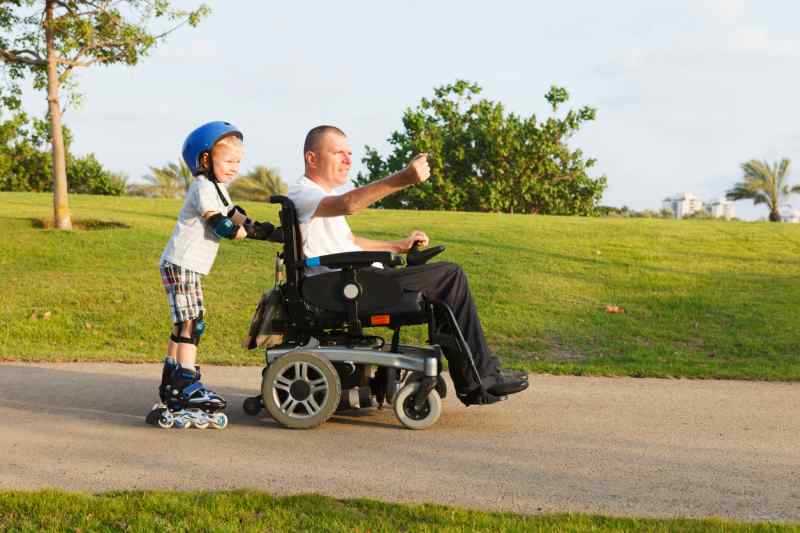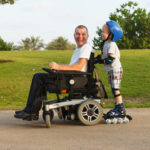What Is Wellness?: Going Beyond Physical Health

We should take the time, now and then, to renew our health priorities and goals. The words fitness and wellness may seem interchangeable. But they are not. Fitness is often defined as the “ability to cope with one’s environment”. Wellness, on the other hand, has quite a few definitions. But wellness experts agree wellness is about the whole person and all aspects of their lives.
Usually, when one thinks of the word “wellness,” many people think of fitness, diet or stress management. According to Don Ardell, one leading wellness expert, wellness goes beyond these ideas to include achieving the highest level of health possible through self-motivated action.
According to this model of wellness, lifestyle factors that are characteristic of wellness include self-responsibility, nutritional awareness, stress management, physical fitness and “environmental sensitivity.”
Environmental Challenges
Although I have only spent one day in a wheelchair as an assignment in physical therapy school, I can honestly say that I can hardly imagine the challenges of being self-motivated to achieve a high level of wellness, such as staying physically active, while being road-blocked with environmental barriers.
It is hard enough to commit to regular, vigorous exercise, a sound diet, and manage stress well. On top of that, the issue of environmental sensitivity is one of critical importance to individuals with disabilities. How one interacts with their environment can either enhance or limit any person’s physical, social and emotional well-being (Ardell).
In the instance of a person confined to a wheelchair, this covers such things as wheelchair ergonomics and accessibility, as well as family, social and community support.
Public health and community health initiatives are critical and can address how an environment is designed and equipped. Also, programs and services, staff and policies are needed for community health inclusion for people with disabilities.
Self-Responsibility
The concept of self-responsibility is another key aspect of wellness. This means that individuals must take responsibility for their own health. Wellness covers a continuum, with illness at one end (where one may face health challenges) and wellness at the opposite end.
According to John Travis’s wellness model, the key factor may not be where a person is on the continuum, but which way they are facing. Are they facing toward a higher level of wellness with a healthy, positive attitude or are they facing and moving in a more negative direction, based on an attitude of anxiety, a drive for perfection or a sense of defeat?
More Than Just Diet And Exercise
Everyone should be given the opportunity to achieve high levels of wellness. This takes the determination to strive toward high levels of awareness. You must acknowledge and assume responsibility for making healthy choices, and to become self-motivated.
It is making a commitment to eat a healthy diet and to move. It is to find one’s purpose, achieve a balance of play and work. It is to build a sense of community and strong social and family connections. It is to find loving self-acceptance. No less importantly, it is to create an environment that ensures inclusiveness and accessibility.
Wellness is, after all, more than just diet and exercise.
Author: Susan Bessey, PT, DPT, MCWC (Master Certified Wellness Coach) is a physiotherapist therapist from Charlotte, NC. She specializes in health, wellness, and fitness.








